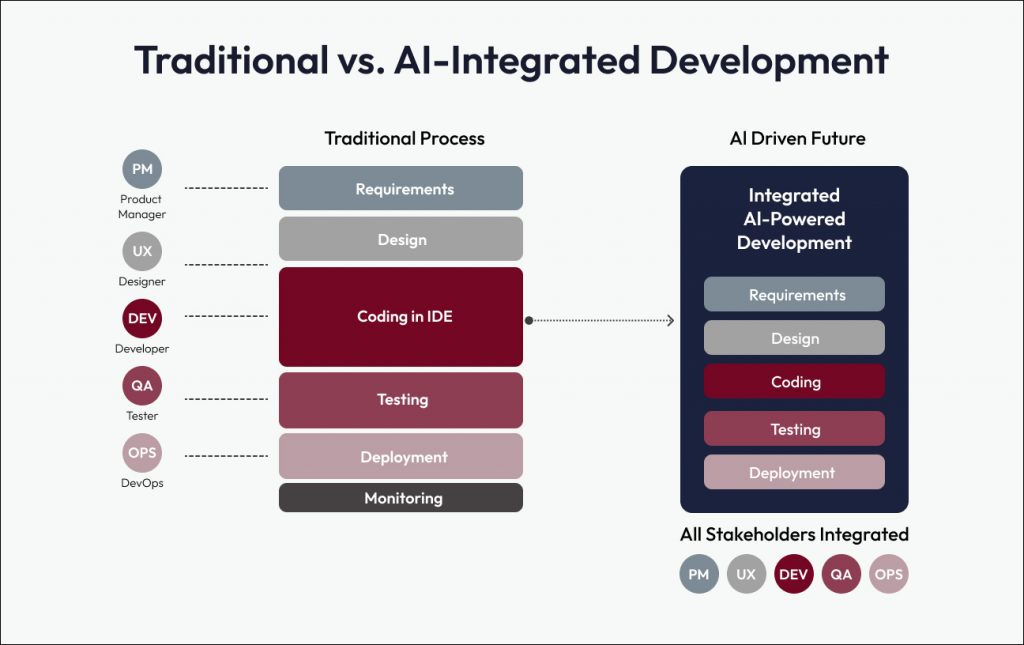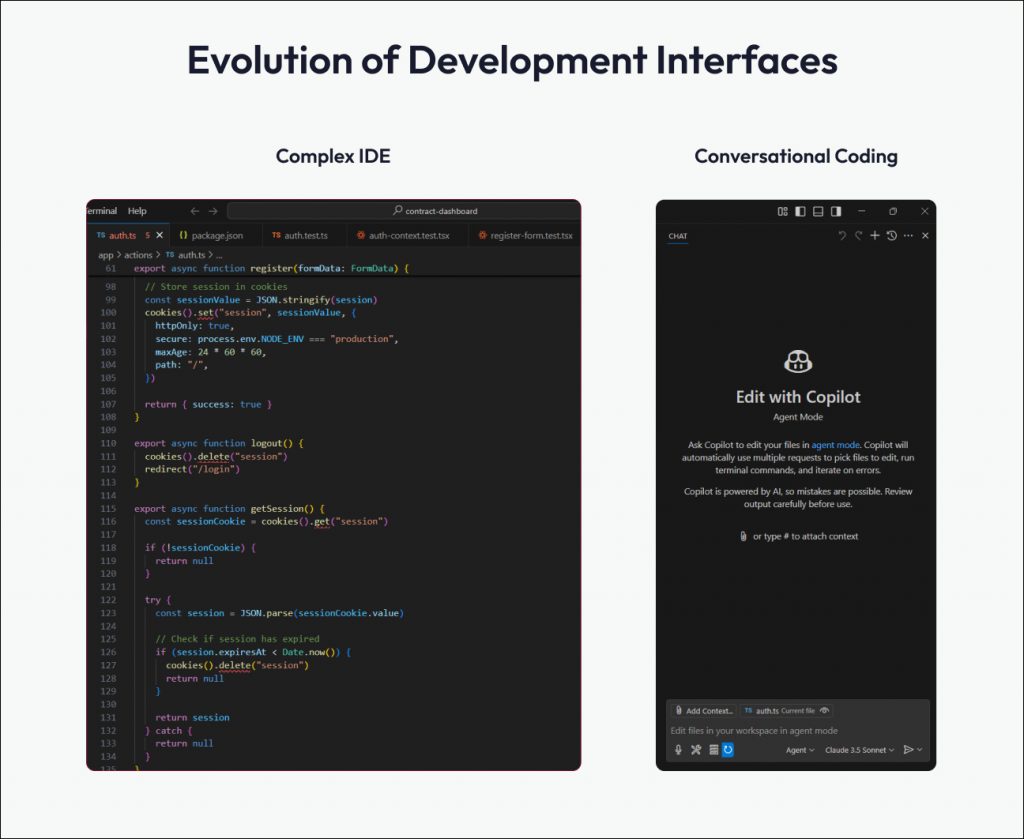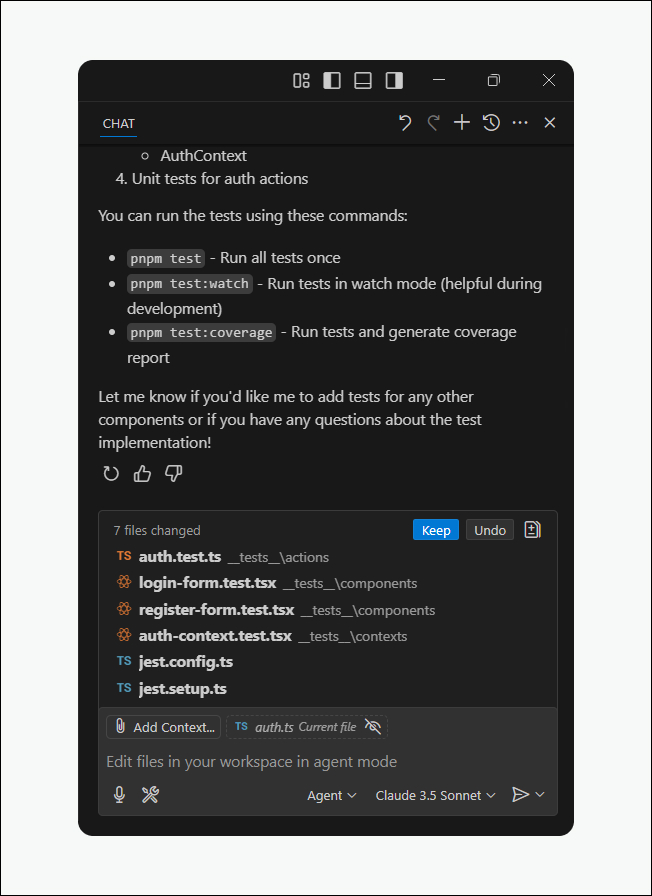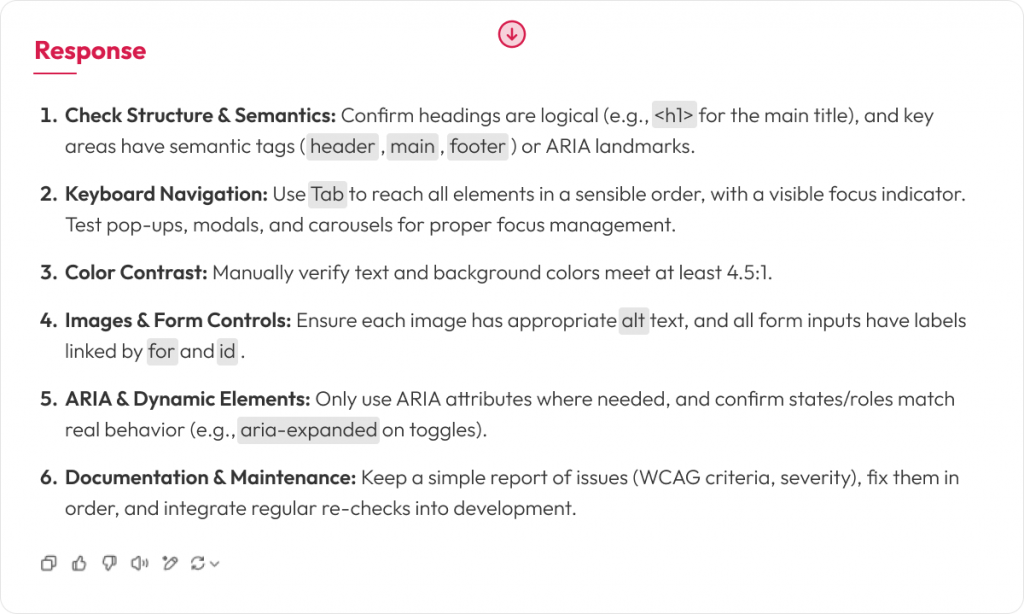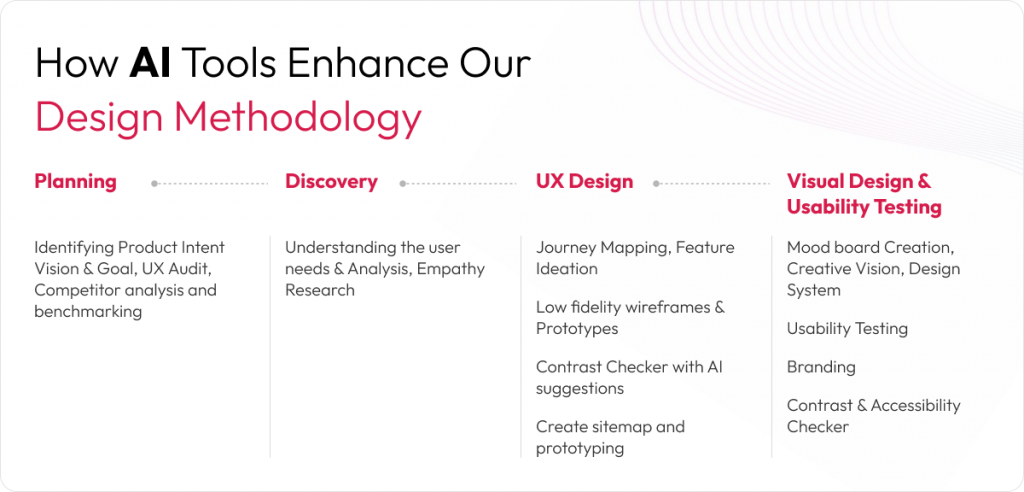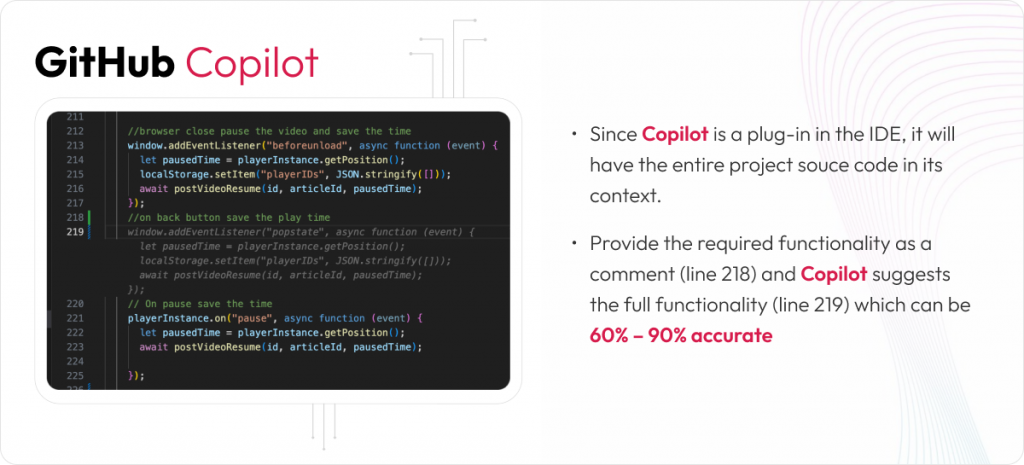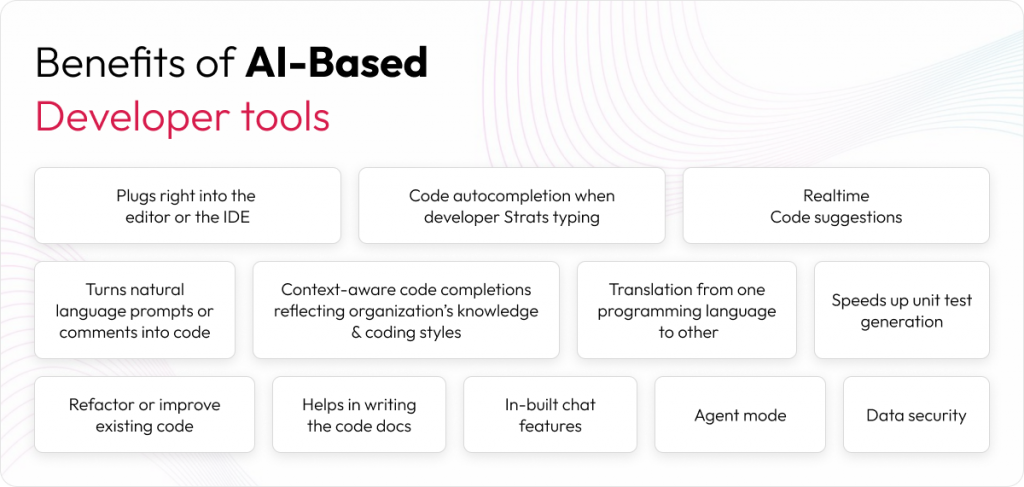This article explores how AI revolutionizes legacy application modernization for B2B organizations in industries like finance, healthcare, and manufacturing. Discover how AI automates code refactoring, predictive maintenance, data migration, and more to reduce technical debt, enhance agility, and drive innovation. Learn from real-world use cases, best practices, and strategies to overcome challenges, empowering CTOs, IT managers, and business owners to future-proof their operations.
The legacy system challenge in B2B
Legacy systems—outdated software and hardware still critical to operations—are a cornerstone of B2B industries like finance, healthcare, and manufacturing. Industry data suggests over 70% of enterprises rely on these systems, often decades old, to power core functions. However, they present significant challenges:
- High maintenance costs: Legacy systems consume up to 80% of IT budgets due to specialized support and frequent patching.
- Operational inefficiencies: Slow performance and a lack of integration with modern technologies like cloud or IoT hinder productivity.
- Barriers to digital transformation: Incompatibility with new platforms stalls innovation and slows time-to-market.
Artificial Intelligence transforms legacy system modernization by automating complex tasks, reducing costs, and enabling seamless transitions. This handbook outlines how AI empowers B2B leaders to modernize efficiently while maintaining operational continuity.
What is legacy application modernization?
Legacy application modernization involves updating or replacing outdated software to align with modern technologies, improve performance, and meet evolving business needs. This can include rehosting, re-platforming, refactoring, or rebuilding applications to leverage cloud, AI, and other innovations. AI accelerates this process by automating manual tasks, minimizing risks, and enhancing scalability. Unlike traditional approaches, AI-driven modernization delivers precision and efficiency, making it a strategic tool for B2B organizations.

How does AI help modernize legacy systems?
AI addresses the core challenges of legacy system modernization by automating processes, improving decision-making, and ensuring compatibility. Its key capabilities include:
- Code Analysis & Refactoring: AI tools like GitHub Copilot or IBM’s modernization suites analyse legacy code (e.g., COBOL, Fortran) and automate conversion to modern languages like Java or Python, reducing manual effort by up to 40%. AI excels at analysing large codebases to map dependencies, identify dead code, and understand system architecture. Machine learning models parse millions of lines of code to create visual dependency graphs, detect patterns, and highlight areas of technical debt, significantly reducing the time needed for system assessment.
- Automated Code Migration: AI-powered tools translate code between programming languages and frameworks, such as converting COBOL to Java or migrating from monolithic architectures to microservices. These tools understand syntax patterns and business logic, maintaining functional equivalence while updating the technology stack. Human oversight ensures accuracy, but AI handles much of the mechanical translation work.
- Data Migration and Transformation: AI automates data cleansing, schema mapping, and migration to modern platforms, ensuring data integrity with minimal errors. Natural language processing (NLP) extracts business rules embedded in old documentation or code comments, making them explicit for new systems. AI also transforms outdated data formats into modern structures, addressing decades of accumulated data complexity.
- System Integration and API Generation: AI analyses legacy system interfaces and generates modern APIs to wrap older functionality, enabling gradual modernization. Legacy systems can continue operating while exposing capabilities through contemporary interfaces. Machine learning models predict optimal integration patterns based on system usage, ensuring seamless communication with modern platforms.
- Testing and Quality Assurance: AI generates comprehensive test suites, including edge cases often missed in manual testing. By analysing historical system behaviour and user interactions, AI creates realistic test scenarios to ensure modernized systems maintain functional parity with their predecessors.
The key advantage of AI in legacy modernization is its ability to process vast amounts of code, documentation, and system behaviour patterns at scale, providing insights that would be impractical to gather manually. This enables informed modernization decisions and reduces the risk of losing critical business logic during the transition.

Real-world use cases of AI in legacy modernization
AI-driven modernization is delivering tangible results across B2B sectors. Here are compelling examples:
- Retail – McDonald’s: The fast-food leader modernized its mobile app and kiosks using AI and cloud technologies. AI-driven analytics optimized user interfaces, boosting digital order volumes by 20% and enhancing customer experiences.
- Banking Sector: A global bank used AI-powered chatbots and predictive analytics to modernize its legacy customer service systems. This reduced operational costs by 15% and improved customer satisfaction through faster issue resolution.
- Healthcare – Cleveland Clinic: The clinic scaled its telehealth platform by modernizing legacy systems with AI-driven data integration, enabling seamless patient data access and increasing telehealth adoption by 25%.
These cases demonstrate how AI aligns with B2B goals of efficiency, cost savings, and superior customer outcomes, reinforcing its role in legacy modernization trends.
How does AI overcome modernization challenges?
Modernizing legacy systems involves hurdles like compatibility issues, data migration risks, and stakeholder resistance. AI provides targeted solutions:
- Compatibility Issues: AI tools conduct automated compatibility testing and generate API wrappers to integrate legacy systems with modern platforms, ensuring seamless communication. Machine learning predicts optimal integration patterns, reducing friction during transitions.
- Data Migration Risks: AI automates data validation and cleaning, reducing errors. Generative AI creates digital twins—virtual system replicas—to simulate updates risk-free, minimizing disruptions. NLP extracts embedded business rules, ensuring no critical logic is lost.
- Stakeholder Resistance: AI-driven analytics quantify ROI, demonstrating benefits like reduced costs or faster time-to-market to gain stakeholder buy-in. AI also generates comprehensive documentation, including business logic explanations and system architecture diagrams, addressing the loss of institutional knowledge.
- Regulatory Compliance: In regulated sectors like finance and healthcare, AI-powered governance frameworks ensure compliance with standards like GDPR or HIPAA during modernization.
- Knowledge Transfer and Documentation: AI analyses legacy code to generate API documentation, system architecture diagrams, and training materials for new systems. This mitigates the loss of operational knowledge and creates runbooks for modernized environments.
- Quality Assurance at Scale: AI generates test cases covering obscure edge cases and realistic production scenarios. It verifies behavioural equivalence between legacy and modernized systems, detecting discrepancies that could indicate missing business logic.
- Resource and Timeline Optimization: AI models trained on historical modernization projects provide accurate effort estimates by analysing codebase complexity and technical debt. Automated refactoring improves code maintainability while preserving functionality, reducing manual effort.
- Technical Debt Management: AI prioritizes modernization efforts by analysing change frequency, bug density, and business value, focusing on high-ROI areas. It supports gradual migration through hybrid architectures, managing data synchronization across mixed environments.
The fundamental advantage is that AI processes system complexity at a scale unmatched by human teams, providing analytical rigor for confident modernization decisions rather than guesswork. Partnering with AI experts is critical to navigating these challenges effectively.

Best practices for B2B leaders in AI-driven modernization
To maximize AI’s impact on legacy application modernization, B2B leaders should adopt these best practices:
- Conduct a System Audit: Assess legacy systems to prioritize high-value applications critical to business outcomes, such as customer-facing platforms.
- Adopt a Phased Approach: Implement modernization in stages (e.g., rehosting, then refactoring) to minimize disruptions and allow iterative improvements.
- Leverage AI-Driven Tools: Use platforms like GitHub Copilot for code refactoring or Stride 100x for automated testing to accelerate and streamline modernization.
- Align with Business Goals: Link modernization efforts to outcomes like faster time-to-market, enhanced customer experiences, or cost reductions.
- Upskill Teams: Invest in training to bridge skill gaps in AI and modern architectures, empowering teams to support new systems.
These strategies ensure modernization delivers measurable value while minimizing risks.

The future of AI-driven modernization
AI is reshaping legacy system modernization by enabling faster, more cost-effective transformations. Emerging trends include:
- Integration with IoT: AI and IoT enable real-time monitoring and predictive maintenance in modernized manufacturing systems.
- Blockchain for Security: AI-driven modernization incorporates blockchain to enhance data security, critical for industries like finance.
- Low-Code Platforms: AI-powered low-code platforms simplify application development, reducing reliance on legacy systems.

Embracing generative AI in application modernization positions B2B organizations to stay agile and competitive in a rapidly evolving landscape. Ready to transform your legacy systems with AI? Engage with AI experts to reduce technical debt, boost efficiency, and future-proof your B2B operations.
FAQs: AI in legacy modernization
- What is AI modernization?
AI modernization uses artificial intelligence to update legacy systems, automating tasks like code refactoring, data migration, and testing to enhance performance and align with modern business needs. - What is an example of legacy modernization?
A financial institution modernizing its COBOL-based mainframe with AI-driven code conversion and data migration to a cloud-native platform, enabling real-time account access and personalized services. - What is the role of AI in the modern era?
AI drives innovation by automating complex tasks, enabling data-driven decisions, and enhancing scalability, making it essential for AI in digital transformation and legacy modernization. - How can businesses automate legacy modernization?
Businesses can use AI tools like GitHub Copilot for code refactoring, ML models for predictive maintenance, and automated ETL tools for data migration to streamline modernization. - What are the benefits of legacy system modernization?
Modernization reduces maintenance costs, improves agility, enhances customer experiences, and enables integration with modern technologies like cloud and IoT.


